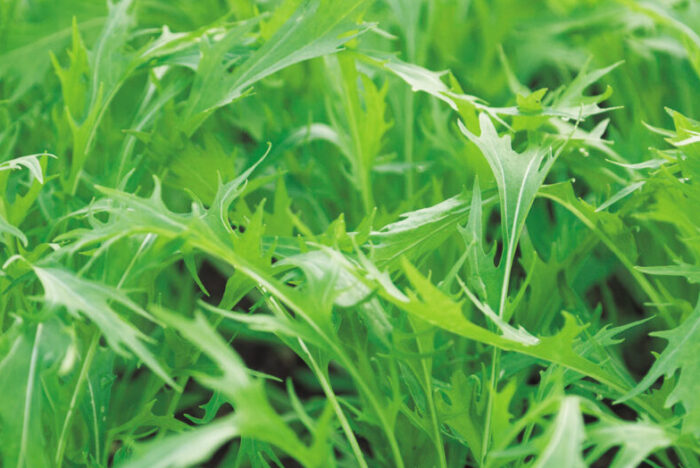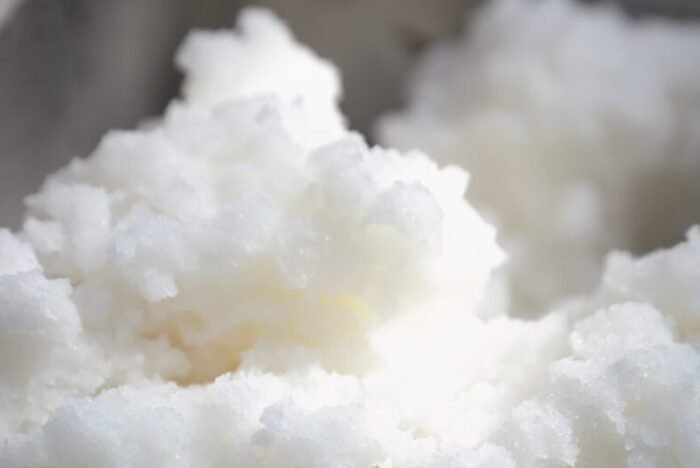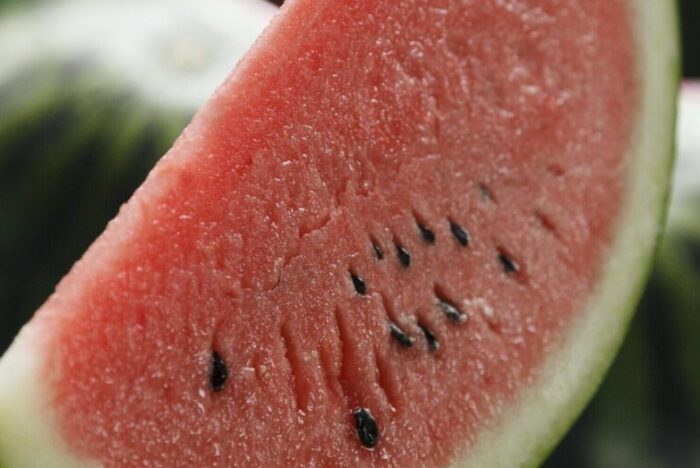JAPAN [Chiba]
Japanese Ingredients for the World’s Top Kitchens #39
NATURALLY BREWED SAKE
No Additives, No Agrochemicals
2024.04.01

Though the times are always changing, there are certain timeless ingredients from Japan that will never go out of style. Yukio Hattori, president of Hattori Nutrition College in Tokyo, introduces unique labors of love—items grown and produced with care and integrity by hardworking suppliers across the country.
連載:未来に届けたい日本の食材
“Since 1956, back in my grandfather’s day, we have focused solely on the hot yamahai method, which yields a sake with higher sweetness and acidity,” says chief brewer Shoji Hayato of Kidoizumi in Chiba prefecture. “The move was his response to the postwar period when resources were scarce and a lot of additives and preservatives were being introduced into traditional brewing methods. He wanted to keep things natural.”
Conventional yamahai brewing depends on lactic-acid bacilli in the walls and air of the brewery and conducts fermentation at around 8ºC. The hot method adds the microorganisms and yeast manually and keeps the mash at 55ºC, the optimum temperature for sugar conversion. “When our AFS label debuted in 1972, high acidity in a sake wasn’t favored. But tastes have changed and now folks appreciate it much as they do wine.”
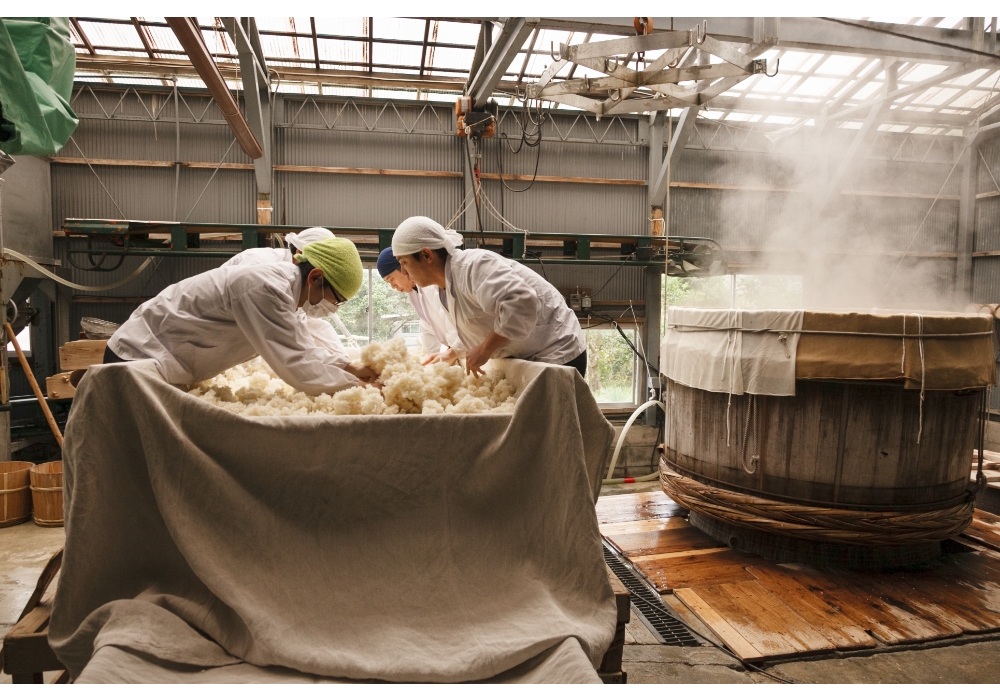
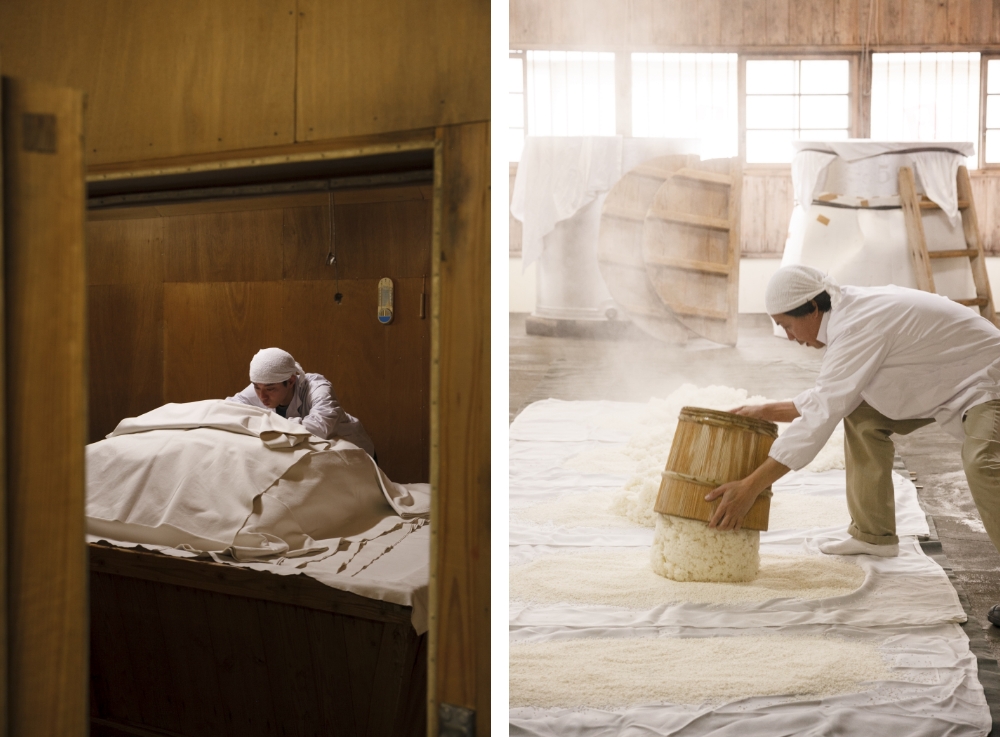
(photo left) Fermentation begins as steamed rice inoculated with koji spores is set to rest at 31ºC.
(photo right) The AFS label has a tart acidity owed to onephase fermentation. Small batches of steamed rice are added to individual beds of koji, then moved to the starter tank. A cedar ball indicates brewing has begun.
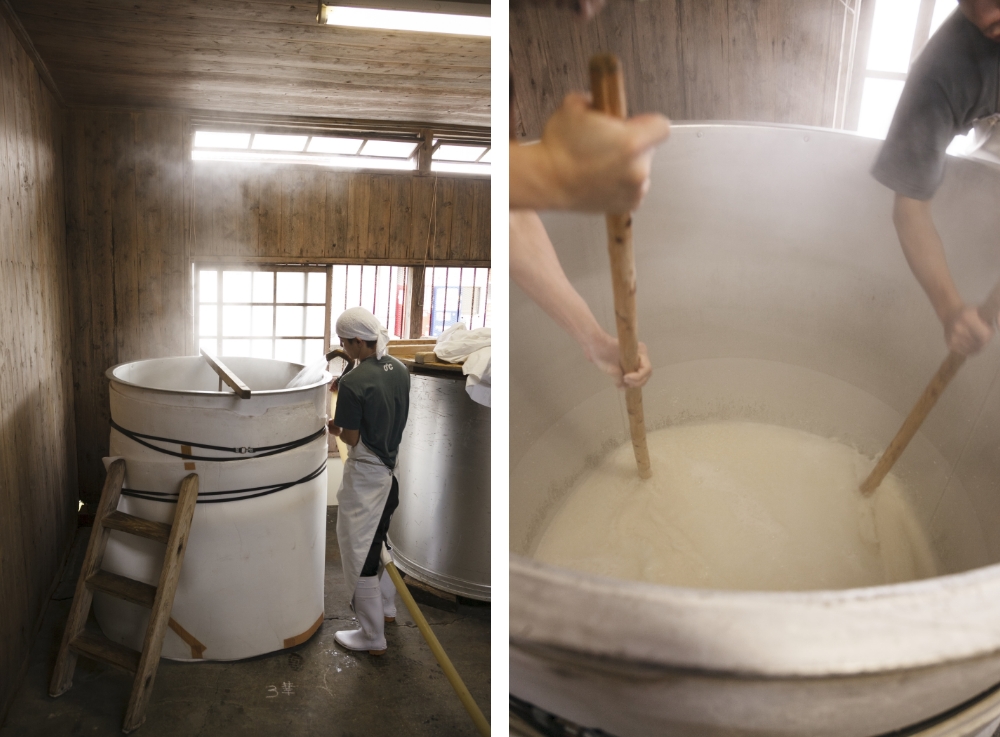
Water at 60ºC is added to the tank, followed the same day by lactic-acid bacilli and yeast to complete the mash.
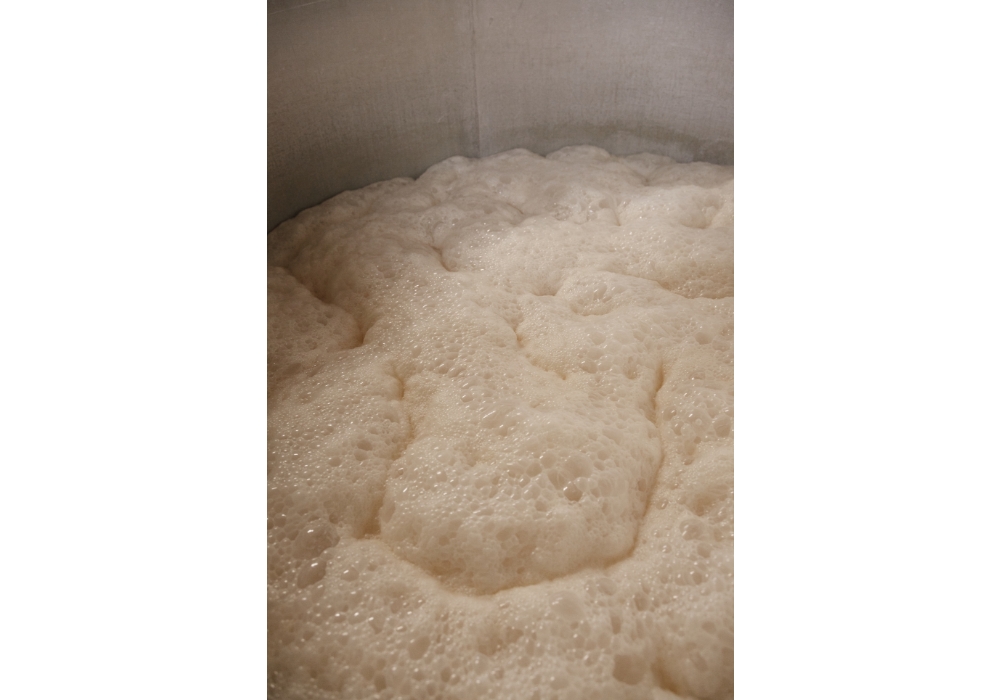
Six days later fermentation is well under way.
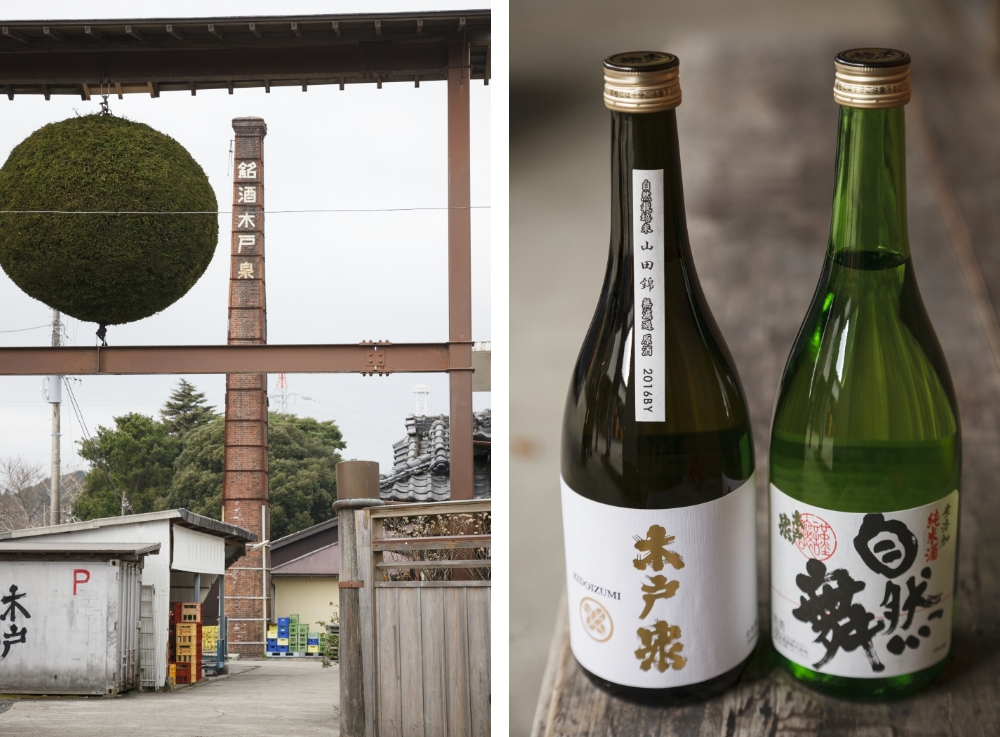
(photo left)A cedar ball indicates brewing has begun.
(photo right) The unfiltered Junmai (left) and Shizenmai labels (right) use organic rice.
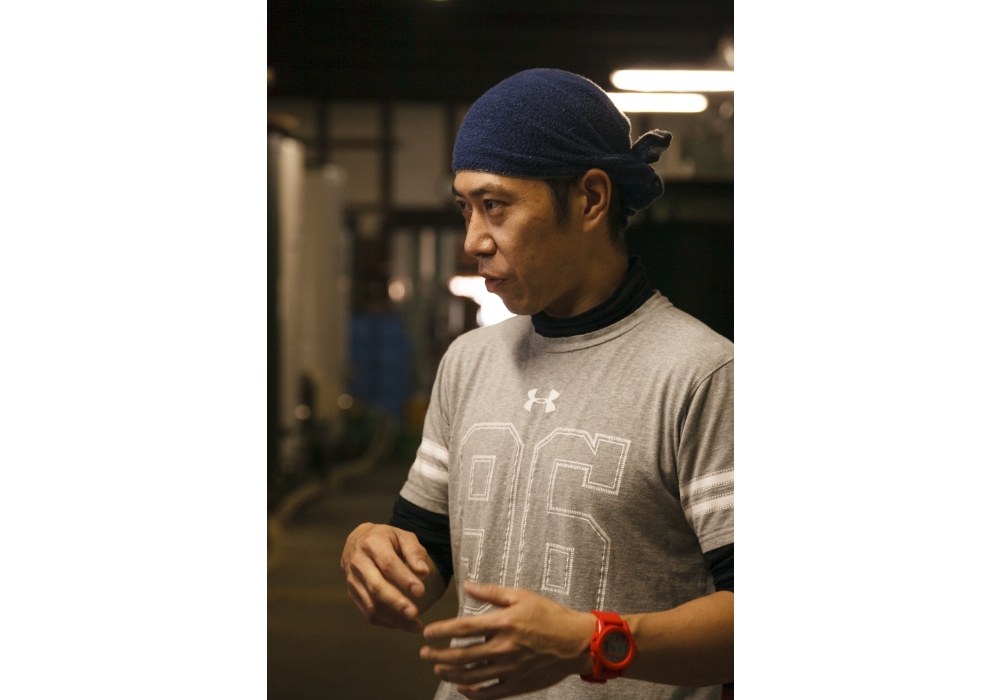
Shoji Hayato is the brewery’s fifth-generation head.
◎Kidoizumi
7635-1 Ohara, Isumi-shi, Chiba
☎0470-62-0013
https://www.kidoizumi.jp/
(The Cuisine Magazine / March 2018)
Online store
関連リンク


